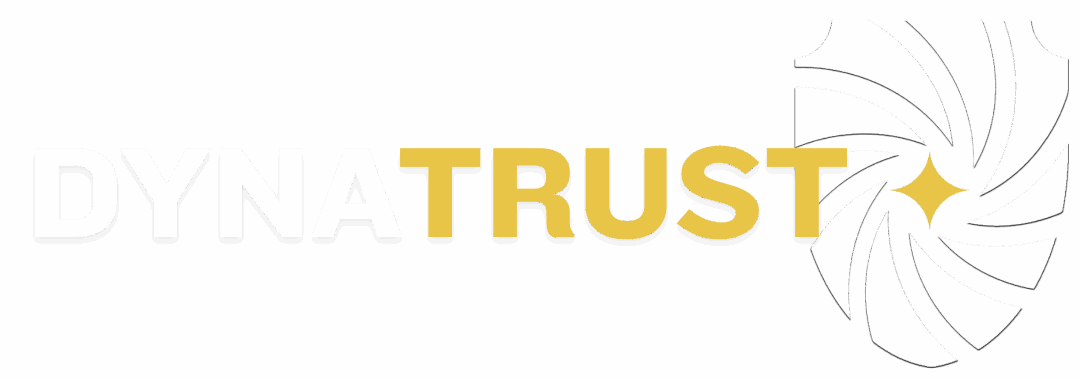Introduction: Why Has Cybersecurity Hygiene Become a Major Strategic Challenge ?
In a context where cyberattacks increase by 38% each year according to ANSSI (France’s National Cybersecurity Agency), IT security is no longer an option but an absolute necessity for any business. The ANSSI Computer Hygiene Guide stands as the French reference framework for establishing the foundations of solid cybersecurity governance when you start from scratch or take your first steps in this field.
This practical guide, regularly updated, offers 42 concrete measures to effectively protect information systems. For executives, entrepreneurs, managers, CIOs, and CISOs, it constitutes an indispensable foundation for structuring their IT security policy and ensuring cybersecurity regulatory compliance.
Today, with the implementation of the NIS2 directive and strengthened ISO 27001 requirements, mastering these best practices becomes crucial for maintaining business continuity and preserving stakeholder trust.
What is the ANSSI Hygiene Guide?
Definition and Framework Objectives
The ANSSI Computer Hygiene Guide is an official French document that establishes essential IT governance best practices for any organization. First published in 2013 and regularly updated, it aims to provide accessible and pragmatic security measures.
This framework particularly addresses small and medium-sized enterprises that don’t always have deep cybersecurity expertise. It perfectly complements more complex approaches like ISO 27001 compliance by offering concrete and immediately actionable measures.
Structure and Organization of the 42 Measures
The guide organizes its recommendations into four main axes:
Know your information system and its users: This section covers asset inventory, network mapping, and cyber risk management. It forms the basis of any effective cybersecurity audit.
Authenticate and control access: These measures address identity management, passwords, and access privileges, key elements of internal security control.
Secure equipment and infrastructure: Secure configuration of workstations, servers, and network equipment to minimize the attack surface.
Keep the information system updated: Update management, backup, and business continuity planning.
Cybersecurity Governance and Management
Organization and Responsibilities
Effective cybersecurity governance relies on clear organization of roles and responsibilities. The ANSSI Guide recommends:
Executive Committee : Security strategy validation and resource allocation CISO or security manager : Operational management and reporting Business security correspondents: Liaisons in different departments System administrators: Technical application of security measures
This organization promotes a cross-functional approach to security, involving all hierarchical levels.
Integration into Business Strategy
Cybersecurity must integrate into the company’s global strategy. This integration involves:
- Alignment with business objectives
- Consideration in digital transformation projects
- Cyber risk evaluation in strategic decisions
- Management training on cybersecurity challenges
Integration with International Frameworks
ISO 27001 Compatibility
The ANSSI Hygiene Guide articulates perfectly with ISO 27001 requirements. Its 42 measures cover numerous controls from the standard’s Annex A, thus facilitating the ISO 27001 compliance process.
This complementarity allows organizations to use the ANSSI guide as a foundation before engaging in more formal ISO 27001 certification. Hygiene measures often constitute the “quick wins” of a compliance project.
Alignment with the NIS2 Directive
The NIS2 directive, implemented in 2024, strengthens cybersecurity obligations for many sectors. The ANSSI Hygiene Guide addresses several requirements of this directive:
- Cybersecurity risk management measures
- Incident management and notifications
- Business continuity and crisis management
- Staff training and awareness
This convergence facilitates NIS2 compliance for French companies subject to this regulation.
Trends and Future Developments
Artificial Intelligence Impact
Artificial intelligence is progressively transforming the cybersecurity landscape. Expected developments include:
- Automated threat detection and anomaly identification
- Adaptive response to security incidents
- Predictive analysis of cyber risks
- Automation of recurring security tasks
These technologies progressively integrate into cyber risk management and security incident tracking tools.
Regulatory Evolution
The regulatory framework continues evolving with new obligations:
- Strengthened sanctions for non-compliance
- Extended scope of concerned companies
- European harmonization of cybersecurity requirements
- New critical activity sectors identified
Emerging Threats
Cybercriminals constantly develop new attack techniques:
- Targeted ransomware aimed at critical infrastructures
- Supply chain attacks on software
- Sophisticated social engineering exploiting AI
- Advanced persistent threats (APT) from state actors
Conclusion: Secure Your Digital Future with French Excellence
The ANSSI Hygiene Guide represents much more than a simple technical framework: it’s a genuine roadmap toward cybersecurity excellence. Its 42 measures, born from French expertise in IT security, offer executives a structuring framework to effectively protect their business.
In a constantly evolving regulatory context, marked by NIS2 and strengthened GDPR compliance audit requirements, adopting these best practices becomes unavoidable. More than a legal obligation, it’s a strategic investment in your organization’s sustainability and competitiveness.
Successful ANSSI Guide implementation requires expertise, methodology, and support. This is why it’s essential to rely on experienced professionals to transform these recommendations into competitive advantage.
Want to assess your ANSSI Hygiene Guide compliance level? Our cybersecurity expert team offers a comprehensive cybersecurity audit, including a cybersecurity maturity assessment of your organization and development of a personalized cybersecurity action plan.
Contact us today to secure your digital transformation and protect what makes your business valuable. Together, let’s build your cybersecurity for tomorrow.


